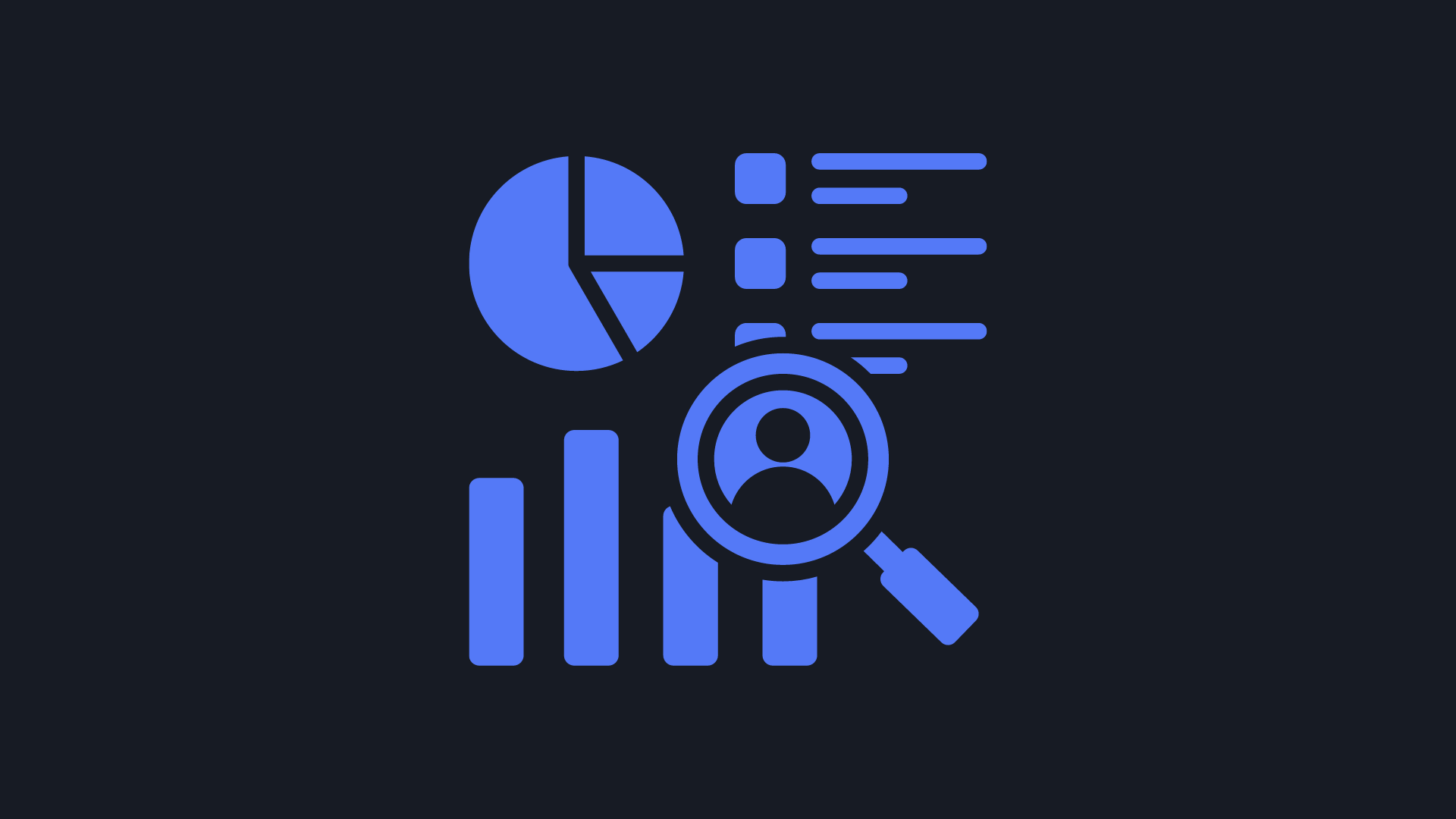This year, 2023, Google Universal Analytics will cease to exist. From 1st July, properties will be replaced by Google Analytics 4 (GA4), and standard Universal Analytics properties will no longer be able to process data.
What will this mean for businesses? Although you can still review your Universal Analytics report until 1st October, new data will flow into your GA4 properties from the beginning of July. From October, GA4 will be the go-to solution for monitoring website activity.
The development comes as a move to deliver cross-platform insights, a feature that was not possible with Universal Analytics. The advantage of GA4 is that this new technology can measure data across websites and apps.
To understand how this will impact your business, let’s take a closer look at the history of Google Analytics and how the tool has evolved to understand why the global search engine is making this change.
Google Analytics first came to being in 2005 to monitor data from websites to create reports that provide deeper insight into site performance. In 2012, Google then introduced Universal Analytics, which became the default property type. Four years later, Google Analytics 360 was released to complement UA and provide Tag Manager, Optimize, Data Studio, Surveys, Attribution, and Audience Center. Finally, GA4 was released in 2020.

How is Google Analytics 4 better than Universal Analytics?
GA4 doesn’t just offer more of what Universal Analytics offers, it has been built differently to align with current and future needs for reporting and privacy. Here we break down the ins and outs of the change and how your business can benefit from it.
Google is moving on from Universal Analytics due to its inability to deliver cross-platform insights. GA4, on the other hand, can measure data across websites and apps. By not relying exclusively on cookies, and using an event-based data model, Google Analytics 4 can operate across multiple platforms. The move to GA4 will also end long-standing marketing data collection, measurement baselines and operational approaches, according to an article by The Drum, and deeper ties to Google’s ad ecosystem. “GA4 highlights the data usage and consent gaps between acquisition-oriented advertising and retention-and-growth marketing but provides bridging mechanisms such as lookalike modeling, retargeting, pathing and attribution.”
This makes it a more future-proof solution. GA4 is designed to meet a number of key business objectives, such as driving sales or app installations, generating leads, and connecting online and offline customer engagement. The advantages include the capability for organizations to have a complete view of the customer lifecycle with a measurement model that isn’t fragmented by platform or organized into independent sessions.
It will also assign attribution credit to more than just the last click, helping you understand how different marketing activities collectively influence conversions.
One of the biggest benefits is that machine learning generates predictive insights about user behavior and conversions, creates new audiences of users likely to purchase or churn, and automatically surfaces critical insights.
It can also expand integrations with other Google products, like Google Ads, and work across GA4’s combined web and app data, making it easy to use Analytics insights to optimize ad campaigns.
Finally, the new sub and roll-up properties in Analytics 360 will allow you to customize the structure of your Google Analytics 4 properties to meet data governance needs.
In preparation for the new exchange of data, be prepared early to make the transition as seamless as possible.
